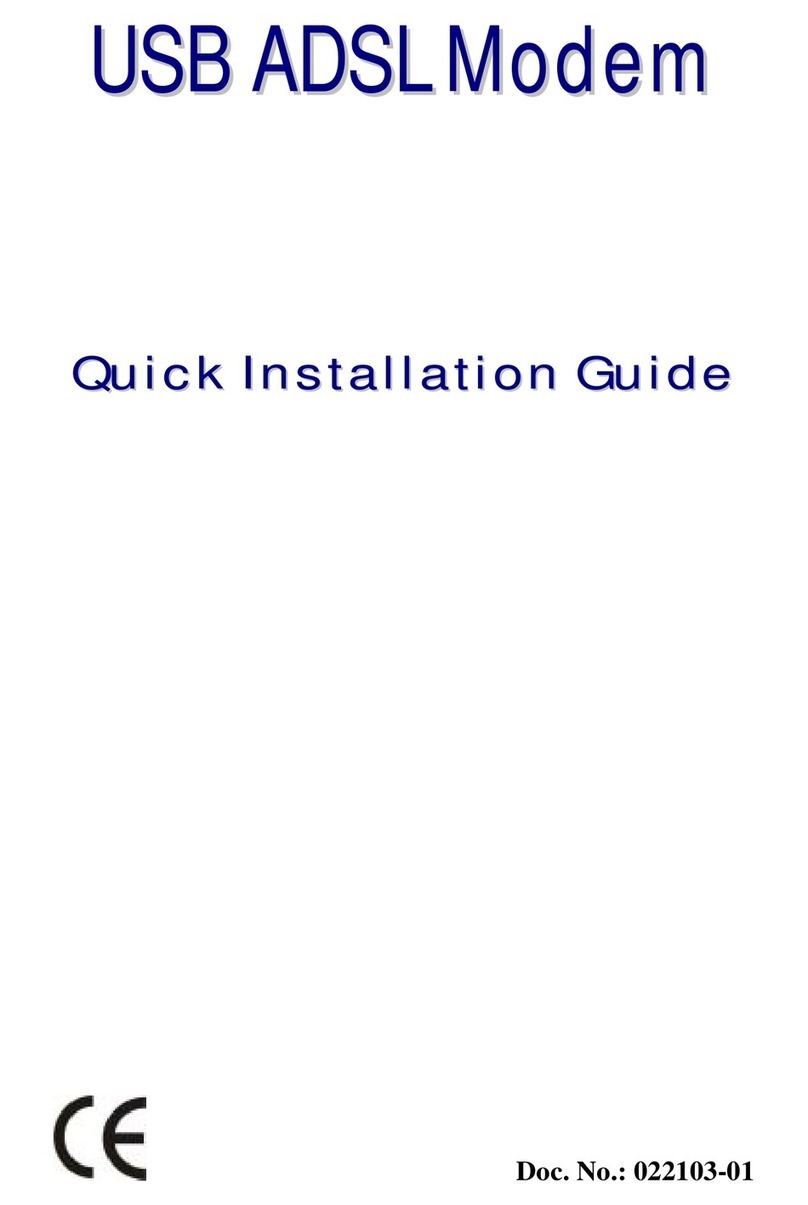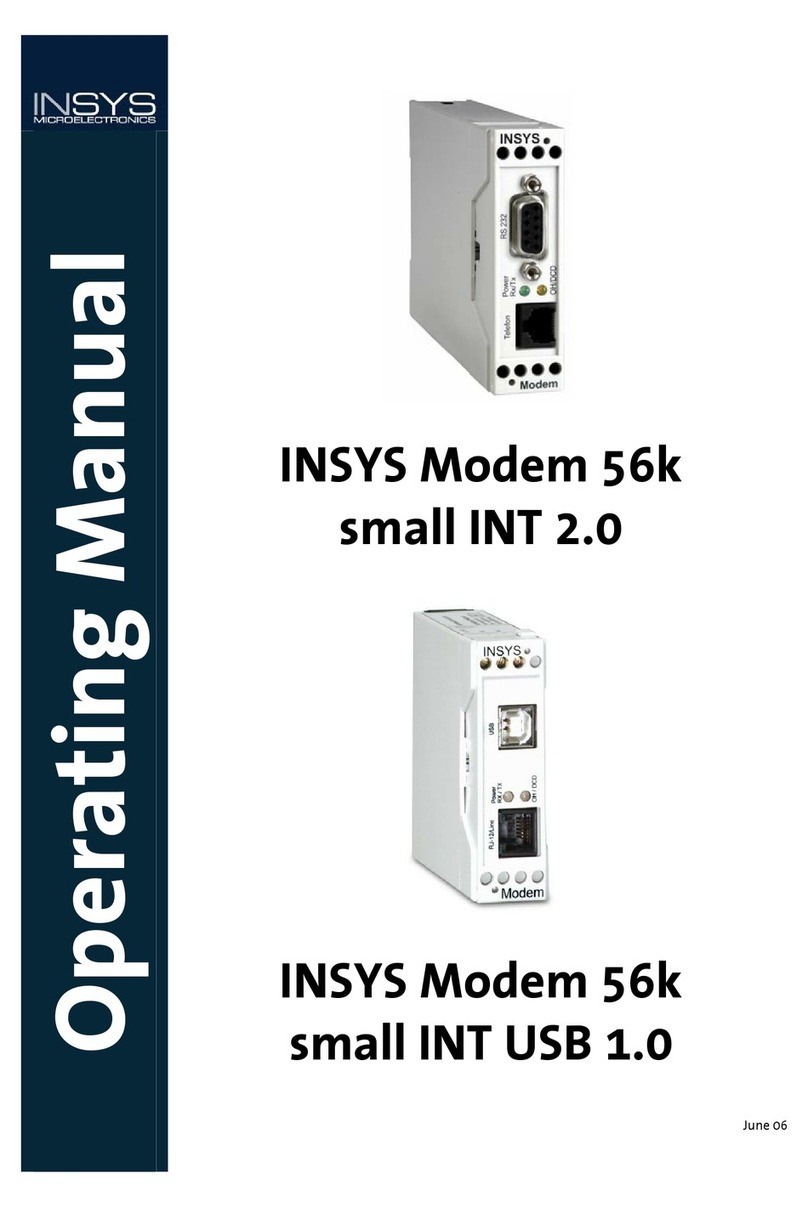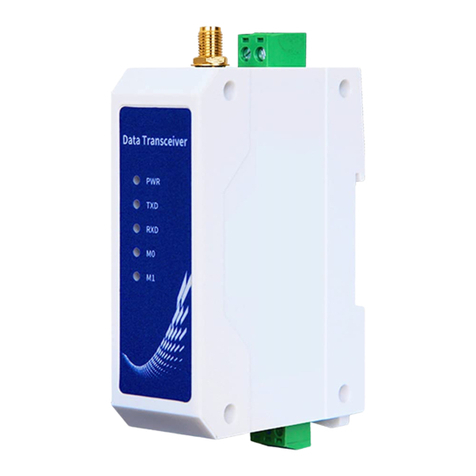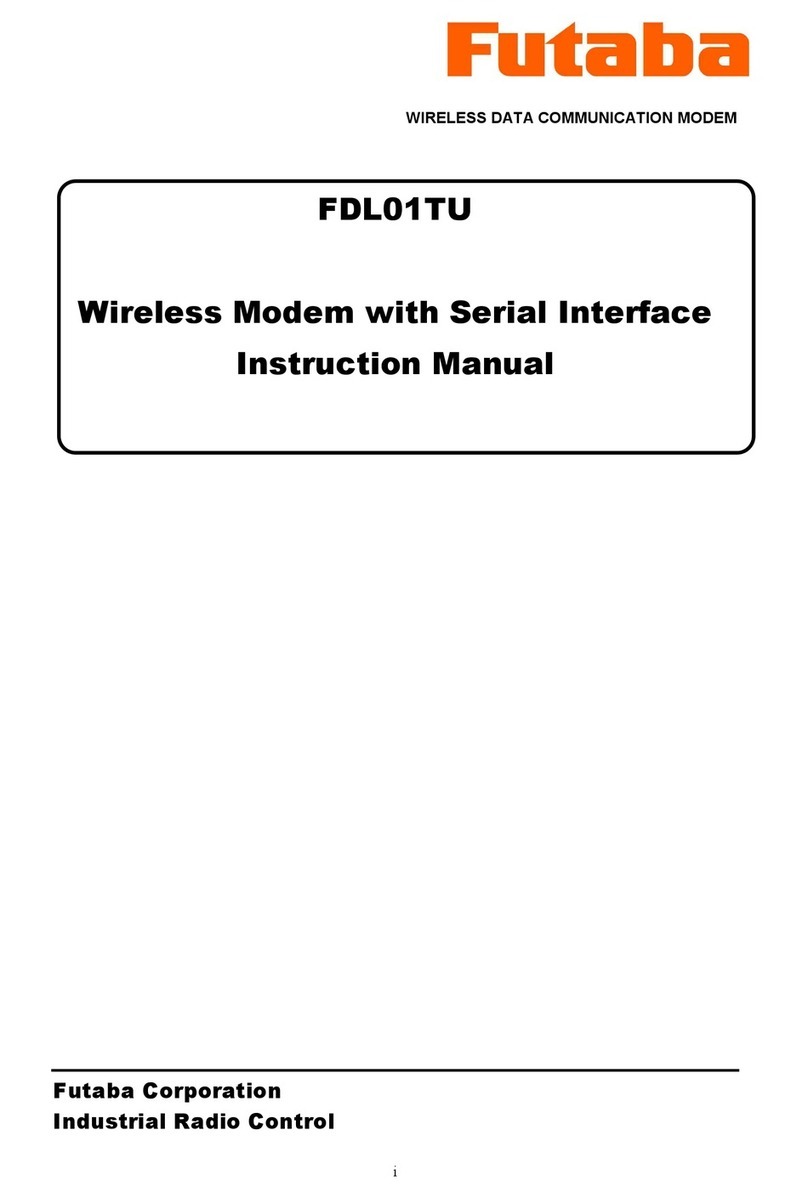Tigertronics BayPac BP-1 User manual

BayPac Model BP-1 Packet Modem
INTRODUCTION
The BayPac Model BP-1 comes completely assembled and tested. Installing it
is a two-step process. The first step involves connecting the BayPac to your
radio and computer. This document will help you thru that process. The
second step involves setting the transmit and receive audio levels. We have
provided a setup program on disk to make that task very easy. In addition,
you will of course need to install Baycom software on your computer. We
have supplied a complimentary copy of this software on our setup disk for
your convenience.
WHAT YOU WILL NEED
To run the Baycom software you will need an IBM PC/XT/AT or fully
compatible clone. To install the BayPac modem, your computer will need a
serial port. In addition you will need whatever connectors are required to
attach to the external speaker jack and microphone input on your radio.
These parts may have been supplied with your radio or may be purchased
from your local electronics dealer.
CONNECTING THE COMPUTER
If your computer has a DB-25 connector on its serial port (PC/XT), you
simply need to plug the BayPac into the connector. If your computer uses a
DB-9 connector, you will need an adapter cable. A suitable cable is available
from Tigertronics (Part # ADAPT-25M/9S) or from your local computer
store. If you wish to build the cable, refer to the diagram in Figure 1. Be sure
to remember whether you have connected to COM1 or COM2 on your
computer. You will need this information when running the setup program
and during Baycom software installation.
CONNECTING THE RADIO
There are only four wires required to connect the BayPac to a transceiver.
The connector pin-out is shown in Figure 2.
CAUTION Notice the orientation of the colored wires with respect to the
body of the connector. BE SURE that the cable you plug into the BayPac
does not have these wires in reverse order! Remember that when viewing the
connector from the rear, with the release lever on the top, the left most wire
MUST BE YELLOW.
If you only plan to receive packet (not transmit), you can simply connect the
Black ground wire and the Green audio input wire to the external speaker
jack on your radio or scanner as shown in Figure 3. These are the only
connections necessary to receive packet transmissions.
If you are connecting the BayPac to a transceiver, you will also need to
connect the PTT line (Red) to key the transmitter and the Audio Out line
(Yellow) to the microphone input. Exactly where these connections are made
will vary with each model of radio. Most base station and mobile radios of
recent manufacture have all the required connections (including the speaker
output) available on the microphone connector. This is the ideal situation
since it makes the cabling simple. If your radio does not have the speaker
connection on the mic connector you might consider modifying it so that it
does. You will find it worth the effort. You will need to refer to your radio
manual for the specific pins to connect to.
If your radio does not have the speaker signal on the mic connector, you will
need to run a short jumper cable to the external speaker jack. Note that
having the speaker cable exit from the mic connector housing (rather than
splitting the cable outside the connector) makes a much nicer installation.
Refer to Figure 4.
You should verify that your radio requires the PTT line to be grounded to key
the transmitter. This is the case for the vast majority of radios. The BayPac
expects to pull the PTT line to ground to enable the transmitter. The PTT
output is a FET transistor capable of sinking about 300 ma at 12 volts. If
your radio needs some other keying arrangement (not likely) you will need to
provide it.
HT OPERATION
If you are connecting the BayPac to an HT you may find that there is no PTT
line available. Many of these radios key the PTT by grounding the mic input
thru a resistor as shown in Figure 5. The value of the resistor is not critical. A
value of 4.7k ohms is generally acceptable. Refer to your radio manual for
specific recommendations. NOTE: When using your HT for packet, WE
STRONGLY RECOMMEND that you use AN EXTERNAL ANTENNA
located at least a few feet away from both the BayPac and the computer. The
connections on most HTs are a fraction of an inch from the antenna and will
almost certainly pick up enough RF to cause some sort of problem. Refer to
the section on RF Interference in this document for further information.
SETUP DISK
We have provided a disk with the BayPac modem that contains several files
of interest. Print or list the THISDISK.DOC file on the disk for an
explanation of each file. We have also supplied you with a customized copy
400 Daily Lane P.O. Box 5210 Grants Pass, Oregon 97527 (503) 474-6700 FAX (503) 474-6703
TM
- INSTALLATION -

of Baycom in a separate subdirectory. If you don’t currently have a copy, you
will want to copy the entire Baycom subdirectory onto your computer and
then read the FAST_RUN.DOC file that we have added to get you up and
running quickly.
CALIBRATION
Most functions within the BayPac are self-calibrating. However, there are two
adjustments which must be made by the user since they vary with the type of
radio being used. The first is the modulation ‘‘Level Adjust’’ located on the
top of the BayPac unit. This adjusts the level of the tones going to the
microphone input of the radio. It must be set to provide a transmitter
deviation of about 4 KHz. The second adjustment is the receiver volume
control. This setting is not particularly critical. You may notice that the
calibration program has you set the level rather high. This is done so that the
BayPac can scale the level to its needs. Both of these adjustments can be
made using the BAYPAC.EXE program provided on the BayPac Setup Disk.
Instructions for making these adjustments are provided by a Help Screen
within the program. You will need a second receiver to listen to your signal
during the test. Be sure to perform the testing on an unused (Not Packet!)
frequency. Use a dummy load if at all possible and keep your transmissions
short.
CALIBRATION PROBLEMS
The tone level from the BayPac is adjustable from zero to about 1.25 volts
peak to peak. This wide adjustment range may cause the adjustment to be
critical on radios with very sensitive mic inputs. If you feel it is a problem in
your case, you can insert a resistor in series with the mic audio (Yellow line)
to reduce the sensitivity of the adjustment. The resistor value will vary with
the radio, but a good starting value is 10k ohms. The resistor will fit easily
inside the connector housing.
RF INTERFERENCE
The BayPac modem was designed with RF immunity in mind. Not only is its
circuitry designed to minimize the generation of radio emissions, but it is
also designed to suppress emissions from your computer. Nevertheless, if you
operate the unit in the presence of excessively high RF fields, you are
probably going to have problems with both the computer (especially laptops)
and the BayPac. If this situation is unavoidable, you can increase your
chances for success by using shielded cables from an interface box as shown
in figure 6. This approach is especially helpful when using an HT in portable
operation. RF induced problems are easily identified since they generally
cause the BayPac and/or computer to become totally inoperative (lock up).
You can reset either by simply turning off the power and then restarting the
program. WARNING Excessively high levels of RF could permanently
damage your equipment. Try to keep your antenna at least a few feet away.
HELPFUL HINTS
Check the BayPac Setup Disk for the HINTS.DOC file containing operating
tips to increase your enjoyment of both the BayPac modem and the Baycom
software.
TECHNICAL SUPPORT
If you encounter problems that you cannot resolve with BayPac (not
Baycom), you can reach the Tigertronics technical support staff at (503)
474-6702. Be sure to have your equipment and manuals available when you
call. PLEASE DO NOT MAIL your technical inquiries to us. We realize a
call is a little more expensive, but more can be accomplished in a few
minutes on the phone than can be done in hours of writing!
LIMITED WARRANTY
Tigertronics warrants the BayPac Model BP-1 to be free of defects in
material and workmanship for a period of 90 days from the date of shipment.
Tigertronics will repair or replace, at its option, any parts found to be
defective during the warranty period. This warranty does not include any unit
which has been subject to misuse, neglect, improper installation or operation.
This warranty is in lieu of all others, express or implied, and no person or
representative is authorized to assume for Tigertronics any other liability in
connection with the sale or use of this product. Tigertronics will not be
responsible for any expense or loss of revenue or property incurred by the
user due to operation or malfunction of this equipment. Tigertronics reserves
the right to make circuit or component changes, or to incorporate new
features, at any time, without obligation.
RETURN POLICY
A Return Material Authorization number (RMA#) must be obtained from the
factory before any product will be accepted for return or repair. Items
received at the factory without an RMA# clearly marked on the OUTSIDE of
the package WILL NOT BE ACCEPTED. Items being returned must be sent
prepaid. All items being returned should have a tag attached giving the
RMA#, customer name, address, phone number, and the reason for the return.
Units being returned for warranty repair must be accompanied by a copy of
the original sales invoice showing the date of purchase.
Customers wishing to return a product for REFUND, for any reason, must
receive an RMA# within 15 days from the shipping date indicated on the
original sales invoice. Customers returning products for refund will be
charged a Restocking Fee equal to 20% of the invoice value of the item to
cover the cost of retesting and restocking. Products which have been
damaged or modified in any manner may not be returned for refund.
Call the Technical Support Hotline at (503) 474-6702 to obtain an RMA#.
Have a copy of your Sales Invoice available for reference when calling.
SUPPORT THE BAYCOM TEAM
The Baycom Terminal Program, written by DL8MBT and DG3RBU in
Germany, is the product of enormous effort and considerable expense.
Hopefully, the current release of Baycom is but the first in a series of releases
that will follow in the footsteps of its forerunner Digicom (Commodore 64).
Tigertronics encourages you to support the authors with a contribution to
their effort. You can find their address and further information near the end
of the Baycom manual. Please do it today!
YOUR COMMENTS WELCOME
Tigertronics has made every effort to make BayPac a superior product. We
believe BayPac represents a major technological breakthrough in packet radio
and hope we have anticipated your every need in using it. We welcome any
comments and suggestions you might have regarding this or any of our other
products. Please drop us a note to let us know about your experiences, tips
you would like to share with other users, or how we might do a better job for
you. Would you be interested in a BayPac/Baycom Newsletter? What other
products would you like us to make?
(C) 1991 All Rights Reserved
NOTE: BayPac is a trademark of Tigertronics, Inc. Rel. 1.00
Other Tigertronics Modem manuals
Popular Modem manuals by other brands
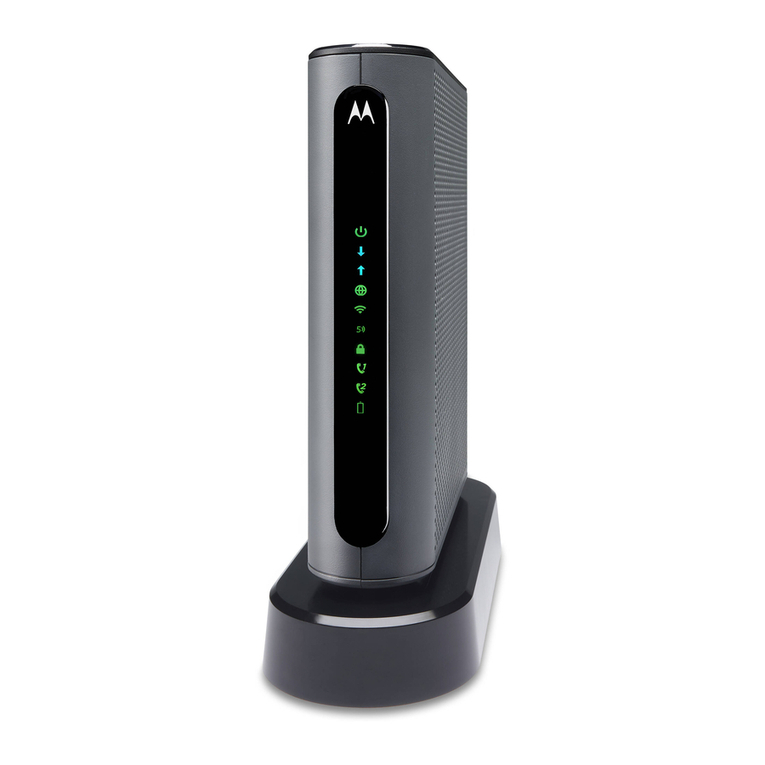
Motorola
Motorola MT7711 quick start
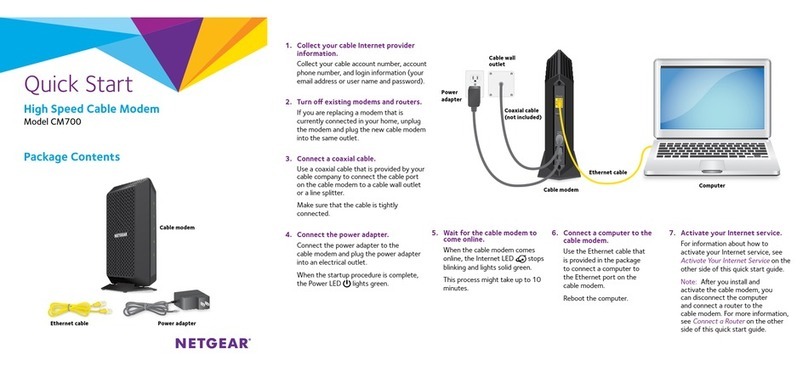
NETGEAR
NETGEAR CM700 quick start
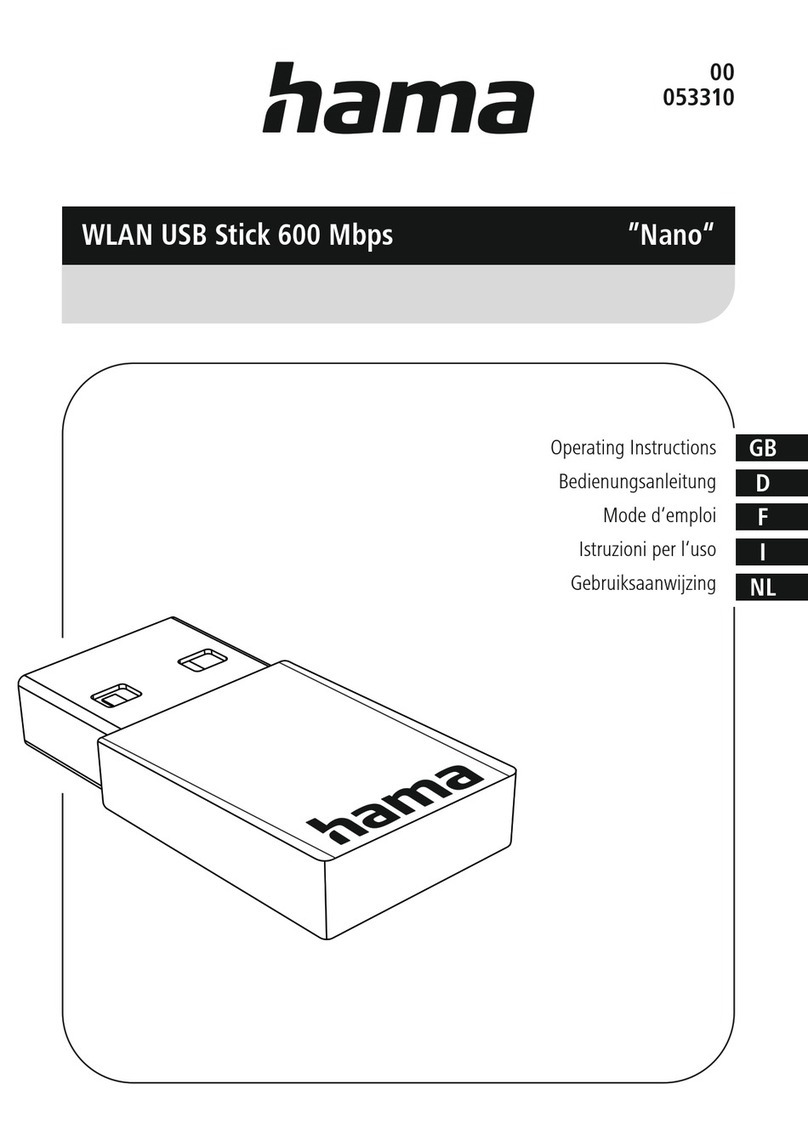
Hama
Hama Nano Bluetooth USB Adapter operating instructions
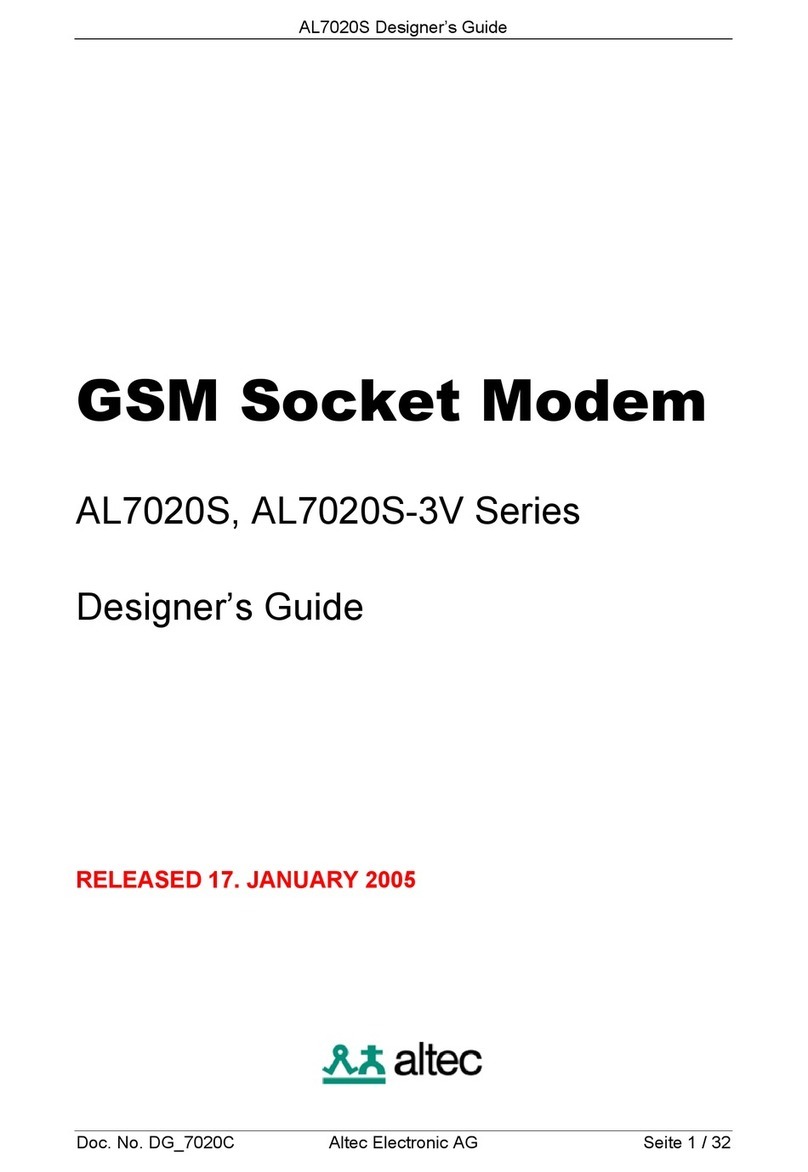
Altec
Altec AL7020S-3V Series Designer's guide Designer's guide
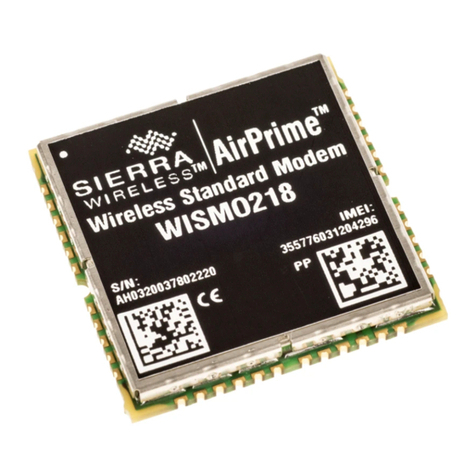
Sierra Wireless
Sierra Wireless AIRPRIME WISMO218 Technical specifications

Yahoo!
Yahoo! BB Trio Modem 26M Setup guide

Huawei
Huawei 2degrees Setup guide
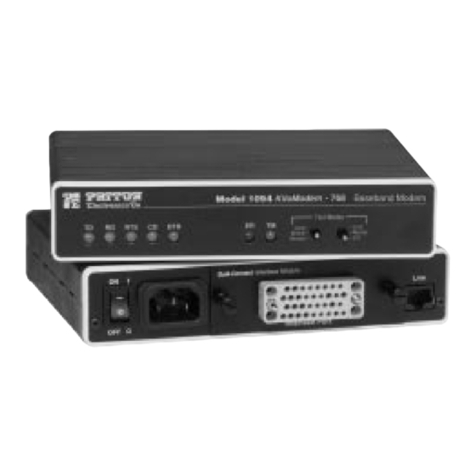
Patton electronics
Patton electronics 1093 user manual
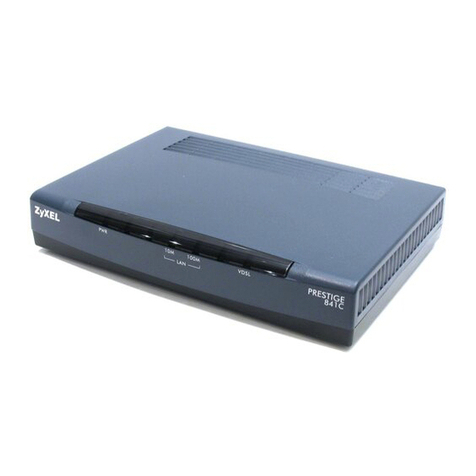
ZyXEL Communications
ZyXEL Communications P841C user guide

Linksys
Linksys BEFCMU10 - Cable Modem With USB Quick installation
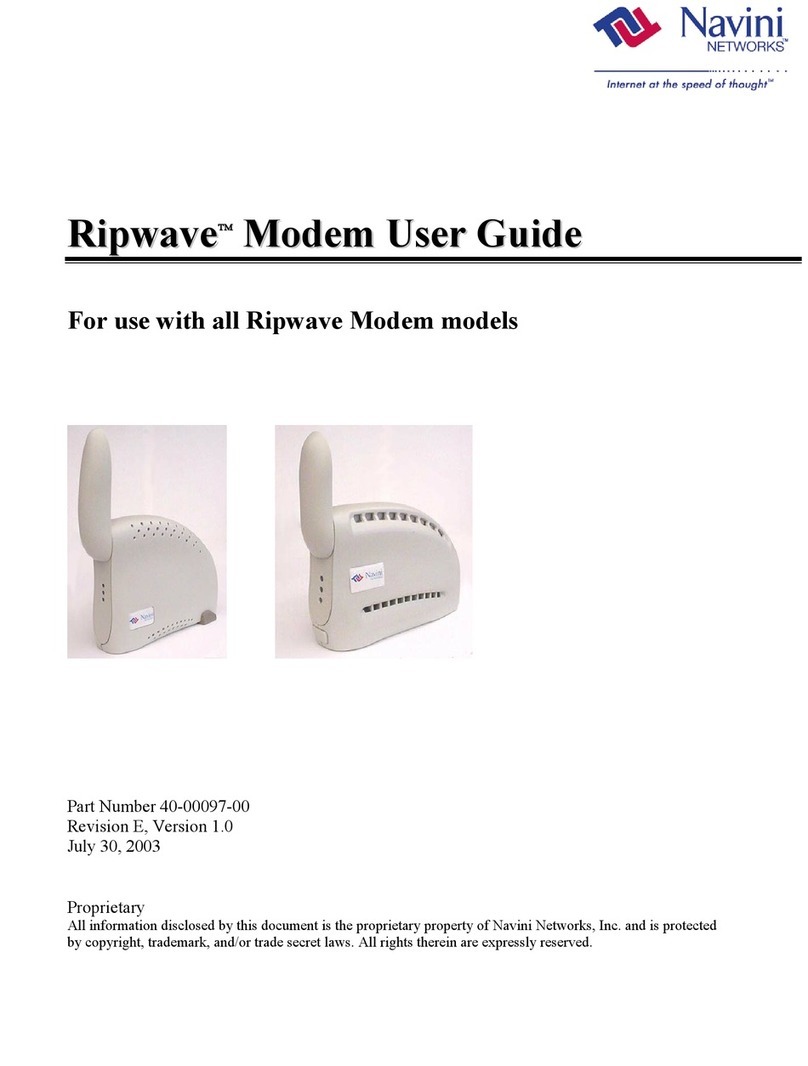
Navini Networks
Navini Networks Ripwave 40-00097-00 user guide
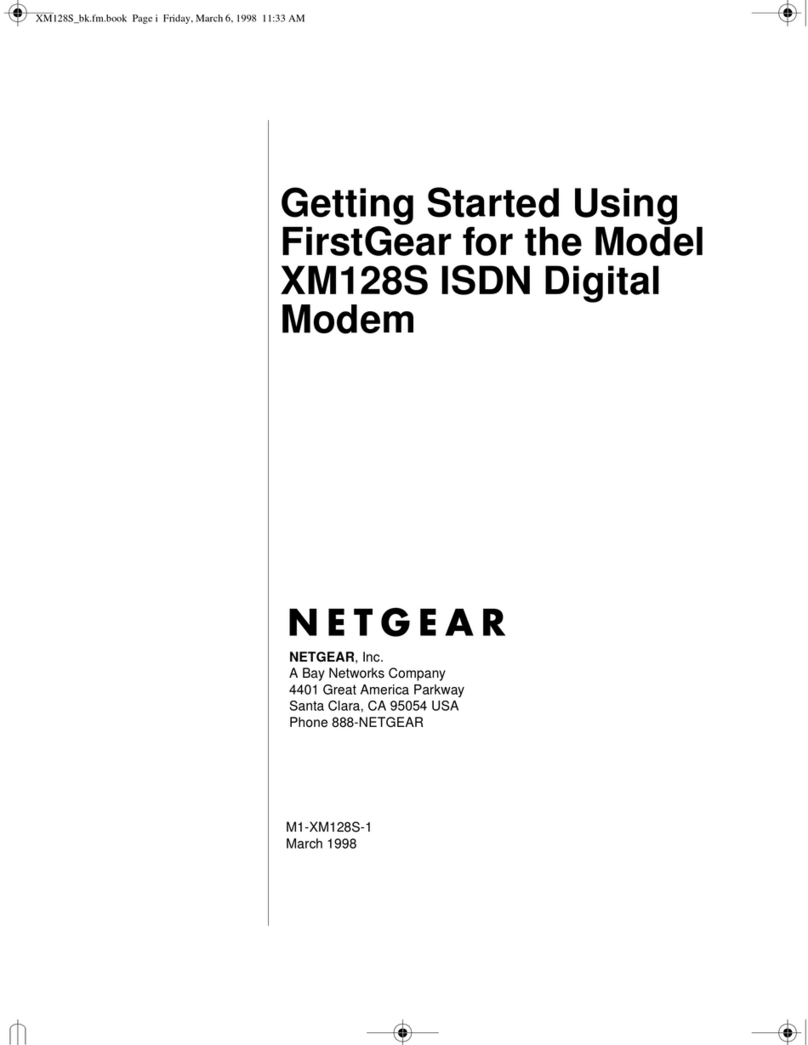
NETGEAR
NETGEAR XM128S Getting started guide

